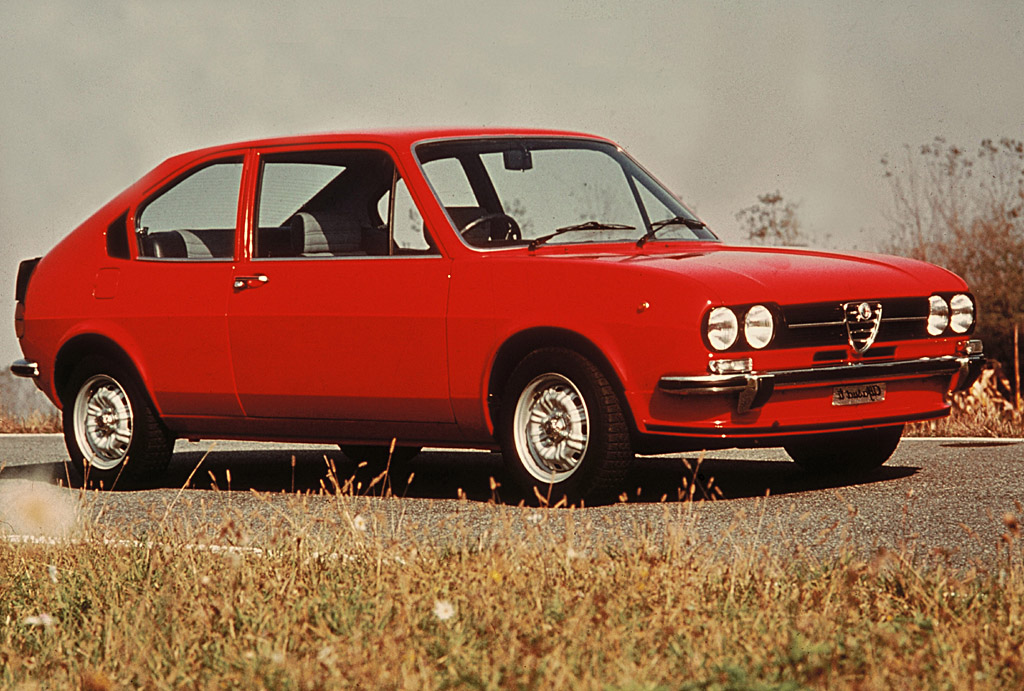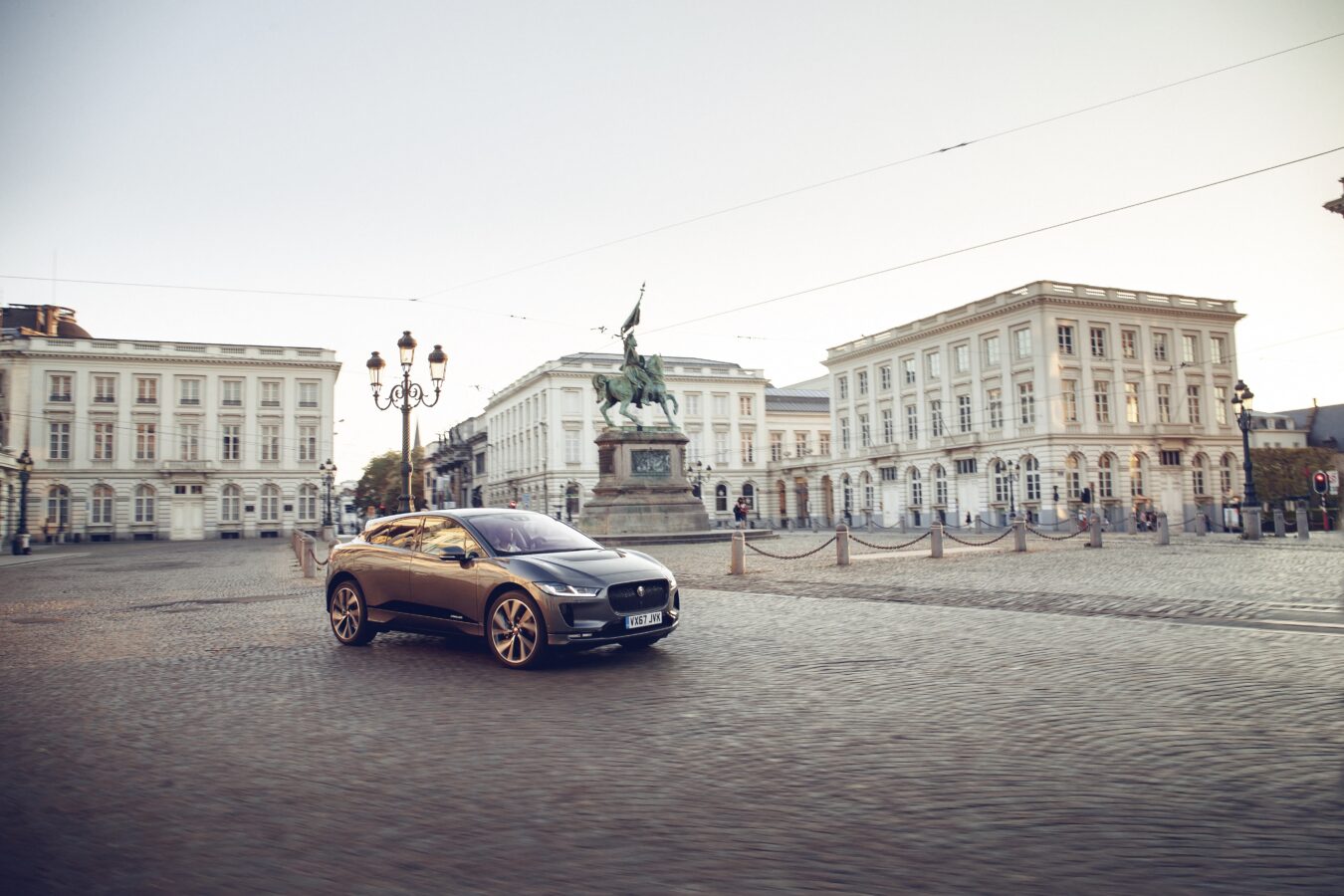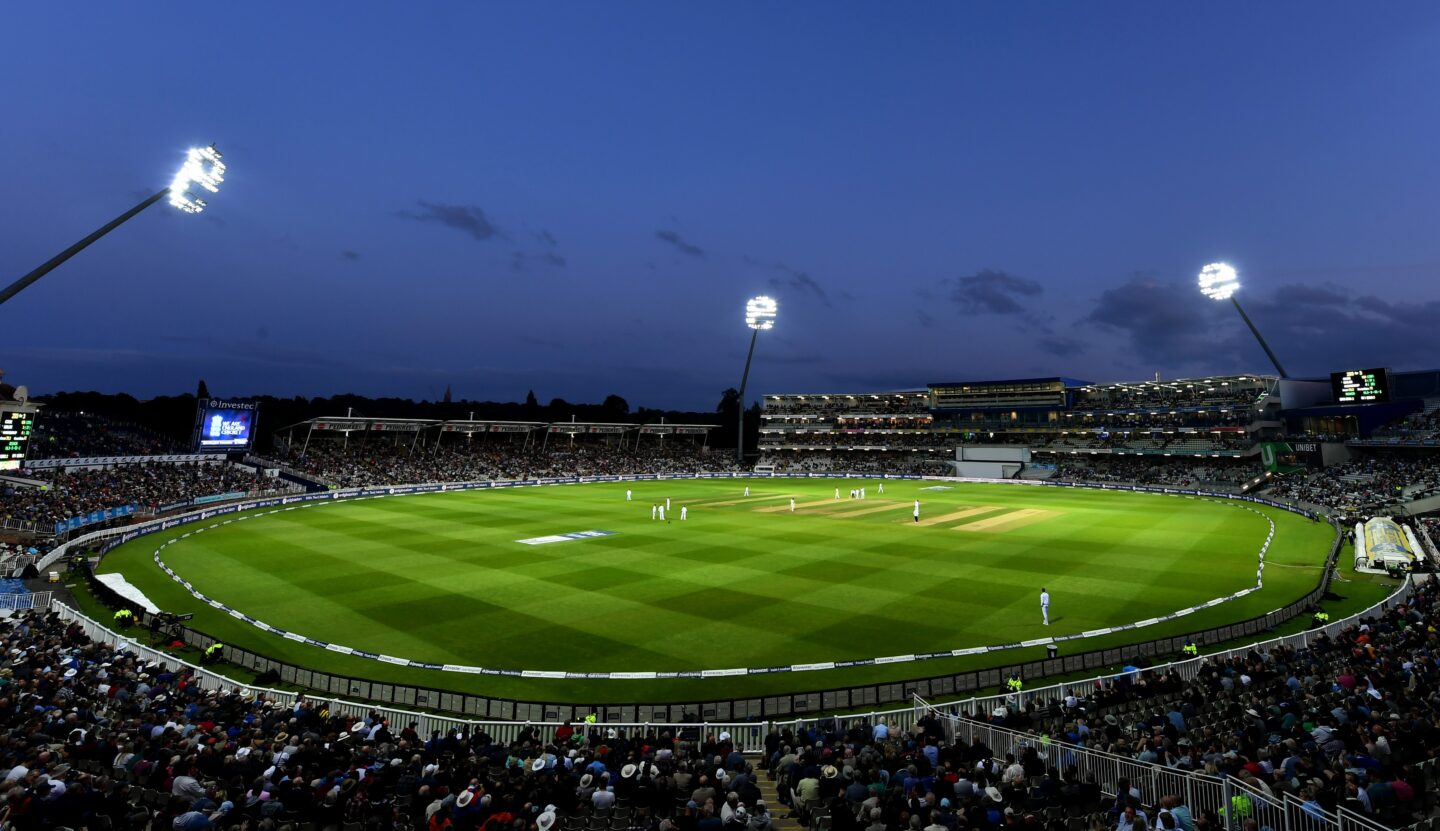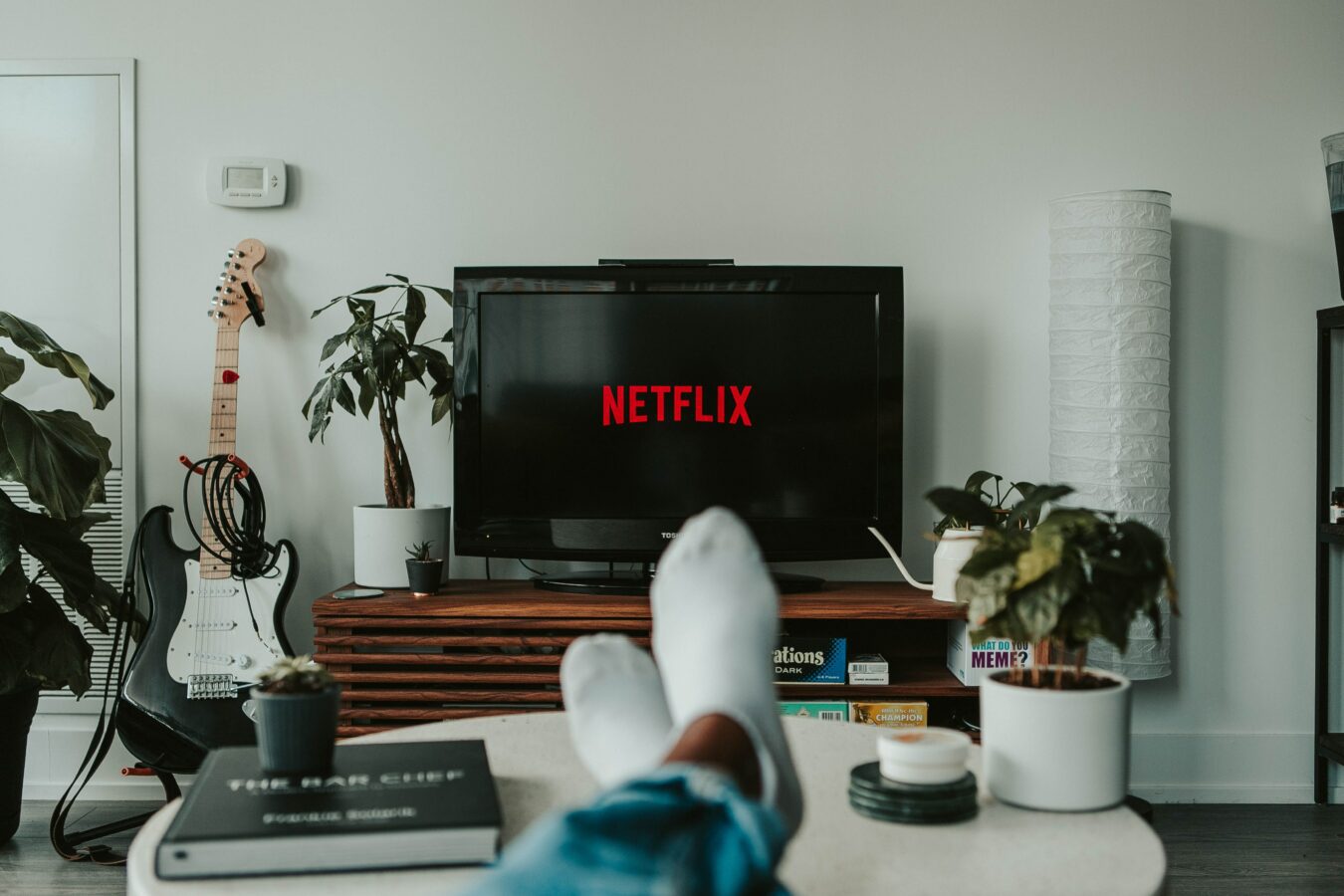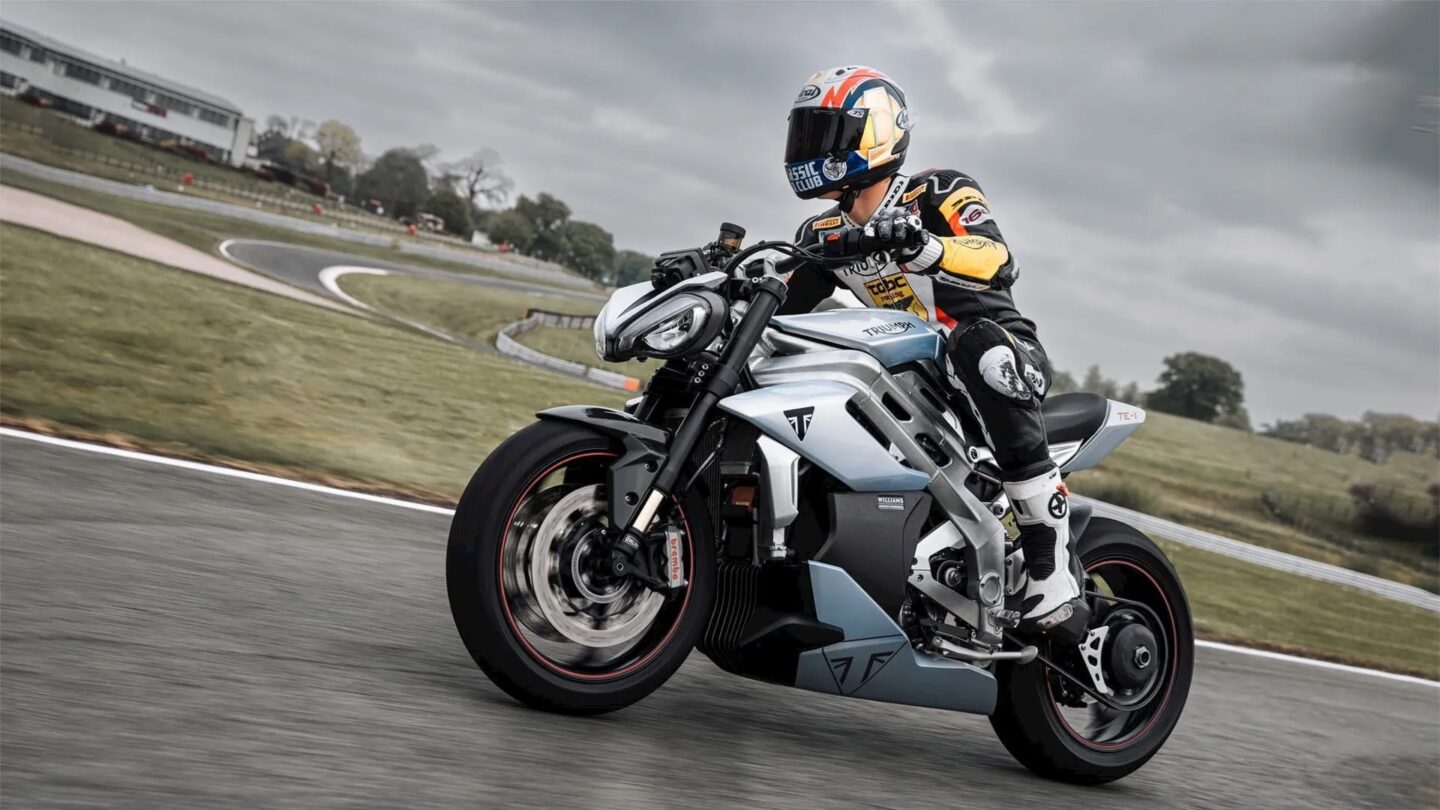Any time, any place, anywhere. That seems to be the catchphrase of sports fans who have an insatiable appetite for sporting content.
Whether it’s results, stats or behind the scenes videos, they just can’t get enough of it. And they’ll access that content at any stage in the day – our research showed that 73% of fans want to be able to access sporting content whenever they want while a quarter of fans have even accessed sporting content on the toilet.*
As our appetites to consume all the latest news and entertaining facts, videos and stories grow – we, the fans, are demanding more. Teams and sporting personalities are constantly having to react to this, and feed our hunger. Technology and the many social media platforms that exist enable sports fans to consume more content than ever before.
As a motorsport fan, I’ve been looking at various championships in terms of how they embrace social media, and how their approaches to it differ.
Which championships are succeeding and failing to satisfy the fan? Is Formula One keeping up with newer categories such as Formula E, and should it be?
It seems, as a sweeping generalisation and on the face of things, that newer forms of motor sport are embracing newer platforms in a much more proactive way. They have to though, their fan base is younger – and the growth of such championships almost depends on it.
Formula E (all-electric racing) agreed content partnerships with Facebook and Snapchat for its double-header 2015-16 season finale, hosted in London. Working with a social video production company, Grabyo, Formula E streamed the London ePrix on Facebook across 20 global territories including Czech Republic, Republic of Korea, Israel, Singapore, India and Russia.
Now that’s impressive.
But as if that wasn’t enough, in addition to the live streaming of free practice, qualifying and the races, Formula E used Grabyo throughout the race weekend to broadcast a fan chat-show (live) – which they named Chat-E. Clever.
ESPN Player was also enlisted to deliver live and on-demand coverage of the season finale to fans in the Middle East, North Africa and Europe. And to top it all off, Formula E ensured the London ePrix was covered as a Live Story curated by Snapchat, featuring a mix of fan-submitted imagery and official content from the series itself.
When it comes to Formula One, McLaren was the first team to join Snapchat last December, and only a few drivers in the paddock have signed up to it so far. Unlike Formula E, Formula One doesn’t have its own Snapchat account. Yet.
Interestingly, earlier this year, Bernie Ecclestone – the 85 year old ringmaster of Formula One – asked reigning world champion Lewis Hamilton to stop posting videos on Snapchat from races.
It’s mainly because as the sport’s commercial rights holder, he wants to protect his profits, and as television broadcasters pay large amounts to film inside the pit lane, he doesn’t want Hamilton sharing video clips for free.
Although it seems Hamilton has been challenging and ignoring this ban. “Fans should know what happens in my life. Posting videos on Snapchat or Instagram would tell the fans so much more from my life than any TV-camera would do.”
Dare I say it, but I think I’m with Hamilton on this one.
Perhaps Mr Ecclestone needs to fully embrace everything that the new digital age throws at us – or ultimately risk alienating new audiences, aka the next generation of the Formula One fan.





